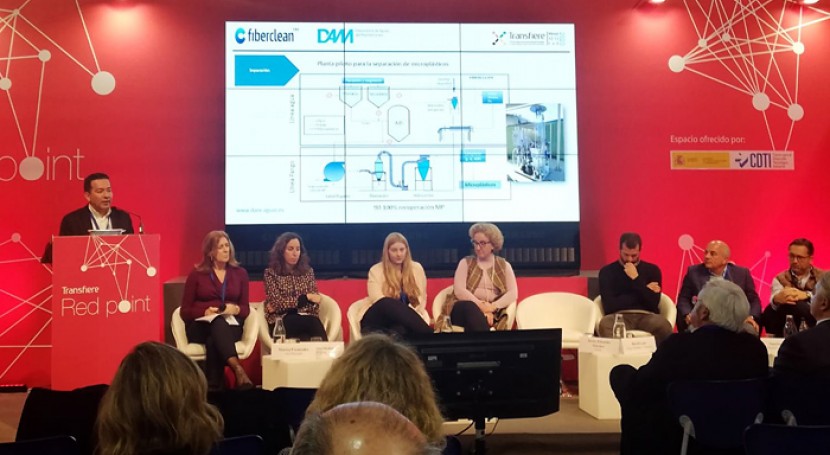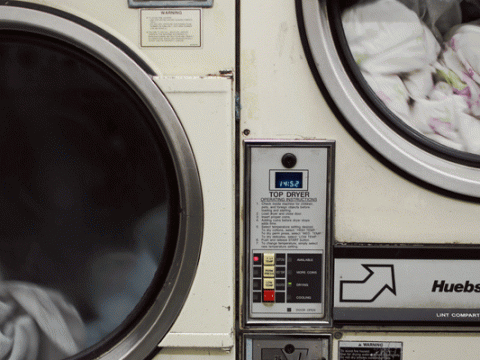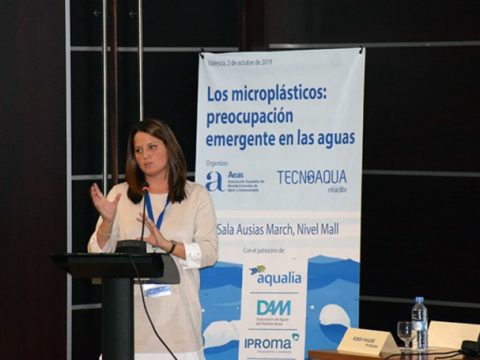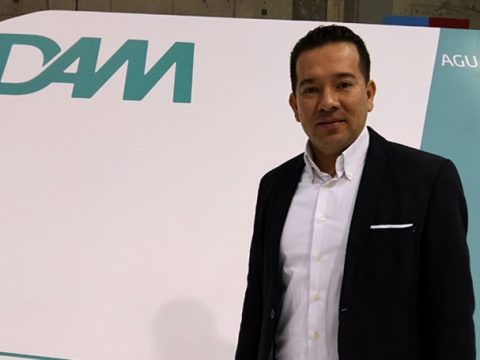
Project to reduce plastic microfibers that end up in the seas
10 February 2020- Javier Eduardo Sánchez has explained the main aspects of this research that aims to reduce the presence of microplastics in the receiving media.
- “Transfiere” is a professional and multisectoral space to promote the transfer of knowledge and technology among the different agents of the innovative ecosystem.
The DAM (Depuración de Aguas del Mediterráneo), researcher, Javier Eduardo Sánchez, has presented at the 9th European Forum for Science, Technology and Innovation “Transfiere”, the potential and first results obtained in the project “FIBERCLEAN: Minimization of microfibers in the life cycle of textile products ”.
During his intervention, Dr. Sánchez explained the main aspects of this research whose main objective is to reduce the presence of microplastics in the entire value chain of the textile industry including WWTPs, ensuring a better quality of treated wastewater and decreasing in turn, the negative impact on the receiving media.
“From the wastewater sector we must develop new methods for the elimination or reduction of microfibers during washing and in water purification processes”, said Javier Eduardo Sánchez
“It is necessary to develop technological solutions that allow reducing the amount of microfibers and microplastics throughout the value chain of the textile industry, from the manufacture of new yarns, fabrics and products. At the same time, from the wastewater sector we must develop new methods for the elimination or reduction of microfibers during washing cycle and in water purification processes”, said the DAM researcher.
Specifically, the project was presented at the session on “Technological challenges for the prevention and mitigation of marine litter” – organized by the Spanish Water Technology Platform (PTEA) – of this international forum, held on February 12 and 13 in Malaga , and that was attended by technicians, experts and professionals related to the field of R+D+i.

“Transfiere ” is a professional and multisectoral space to promote the transfer of knowledge and technology among the different agents of the innovative ecosystem. For this reason DAM could not miss the appointment, presenting this research that helps to improve the competitiveness and sustainability of the wastewater sector”.
Presentation by Javier Eduardo Sánchez
In his intervention, the DAM researcher detailed the main results obtained so far and that have been oriented to the separation, identification and quantification of microplastics in WWTPs. In addition, the factors that determine the behavior of microplastics within the water purification process and which are the microorganisms capable of degrading them have been analyzed.
“The project has designed and built a pilot plant that is located in the Pobla de Farnals WWTP, where the separation of microplastics in a real environment is being studied,” explained the DAM technician.
“The WWTP receives wastewater that contains a great variety of particulate matter, including microplastics, with sizes less than 5 millimeters. To a large extent, these are retained in the sludge line and to a lesser extent pass through the water line and are discharged to the receiving media, which is why their separation, identification and quantification is necessary. For this reason, the project has designed and built a pilot plant that is located in the Pobla de Farnals WWTP, where the separation of microplastics in a real environment is being studied, both in the water line and in the sludge line”, stated the DAM technician.
The pilot plant incorporates an elutriation system that allows the separation of microplastics by difference in densities, as well as a separation module using a hydrocyclone that allows separation by centrifugation.
“Few studies carried out at WWTP have focused on the detection of various types of microplastics, hence the innovative nature of the project,” said Dr. Sánchez.
Finally, the DAM researcher finished his presentation, highlighting the innovative nature of the project and the technological challenges it faces since so far “few studies carried out at WWTP have focused on the detection of various types of microplastics, (mostly fibers and synthetic particles) present in different points of the WWTP, without going into depth in their separation and elimination”, concluded his presentation by Dr. Sánchez.
The FIBERCLEAN project
The FIBERCLEAN project lasts for four years (September 2017 – August 2021) and is funded by the CIEN Program, Ministry of Economy, Industry and Competitiveness through the Center for Industrial Technological Development (CDTI, 2017).
The investigation is being coordinated by Textil Santanderina, S.A,, and DAM,, Angles Textil, S.A., Polysistec S.L. (PYME), Suavizantes y Plastificantes Bituminosos, S.L, E.G.O. Appliance Controls, S.L.U and Magtel Operations S.L.U.




